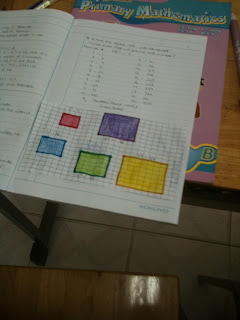Sorry
I’ve been MIA for a few days… I’ve been in the throes of planning and
coordinating all kinds of stuff like Dr. Seuss week, our 100 days celebration,
school Olympics, oh, and this little thing I do on the side called TEACHING.
I’m starting to feel like I didn’t just have a week off!
Anyway, back to the real postJ We’re about a week and a half into
our earth science unit and my kids have their first assignment due after the
weekend; a digital poster collage about Earth’s layers and plate tectonics.
Exciting stuff, folks!
I found the link for an online poster creator
while I was browsing the community shares on edmodo and thought to myself,
“Self, that’s a great idea. You should use that in your class.” So that’s
exactly what I did for this assignment.
The website’s called glogster and basically, it’s
just a graphics blog that allows students to design their very own posters
using fun graphics, pictures, videos, and so much more. What makes this website
even cooler? They have a separate page just for education so you don’t have to
worry about them seeing anything they aren’t supposed to! Pretty neat, huh?
Check out the example poster I started along
with my project guidelines below, and stay tuned for their finished posters,
which I’ll add later. Happy almost Friday!
Digital Poster Project Guidelines







